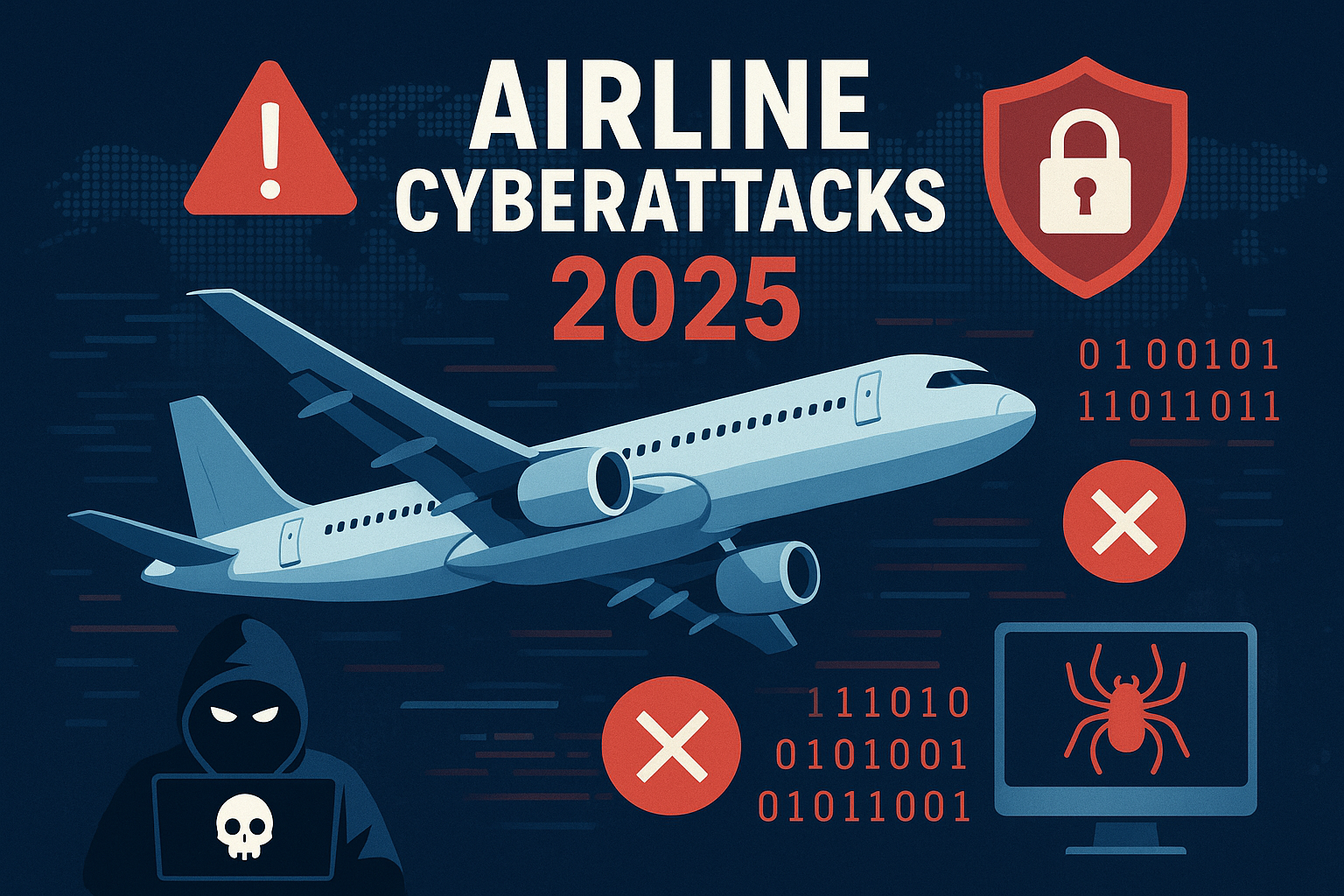The technology world woke up to troubling news this past week. Ingram Micro, one of the world’s largest IT distributors, found itself in the crosshairs of cybercriminals. What started as routine system maintenance alerts quickly escalated into a full-blown ransomware attack that sent shockwaves through the global technology supply chain.
For those unfamiliar with Ingram Micro, think of them as the invisible backbone of the tech industry. When you walk into a store and buy a laptop, smartphone, or any piece of technology, there’s a good chance it passed through Ingram Micro’s distribution network first. They’re the middleman that connects manufacturers like HP, Dell, and Cisco with retailers and resellers worldwide.
The Attack Unfolds
Ingram Micro recently identified ransomware on certain of its internal systems, according to their official statement released on July 5th. But this wasn’t just any typical cyber incident. The attack was sophisticated, calculated, and executed by a ransomware group that’s been making headlines for all the wrong reasons.
The problems began on Thursday morning when customers and employees alike noticed something was seriously wrong. The Ingram Micro website went completely dark. Orders couldn’t be placed, accounts became inaccessible, and employees found themselves locked out of critical systems. What initially looked like a technical glitch soon revealed itself as something far more sinister.
The culprit? The SafePay ransomware gang is a relatively new operation that was first seen in November 2024, accumulating over 220 victims since then. This isn’t some amateur group operating from their basement. SafePay has quickly established itself as one of the most aggressive ransomware operations in the cybersecurity landscape.
Who is SafePay and Why Should We Care?
SafePay represents everything that’s wrong with the current state of cybersecurity. SafePay, with 58 claimed victims, took over the top spot from April leader Qilin, which claimed 54 victims in May. In just a few months, they’ve managed to climb to the top of the ransomware rankings, surpassing groups that have been operating for years.
What makes SafePay particularly dangerous isn’t just their success rate—it’s their methods. The ransomware operation has been previously observed breaching corporate networks through VPN gateways using compromised credentials and password spray attacks. They’re exploiting the very tools that companies use to keep their remote workers connected and productive.
The group’s rapid rise is staggering. First confirmed activity of SafePay ransomware emerged in September 2024 and since their conception, the group has consistently increased its monthly activity. In less than a year, they’ve gone from unknown actors to the most active ransomware group in the world.
The Domino Effect on Global Supply Chains
When a company like Ingram Micro gets hit, the effects ripple outward like stones thrown into a pond. Ingram Micro isn’t just another tech company—they’re a critical link in the global supply chain. Their systems handle everything from inventory management to order processing for thousands of partners worldwide.
The immediate impact was felt across multiple industries. Resellers couldn’t place orders, manufacturers couldn’t ship products to distributors, and customers found themselves unable to access the technology solutions they needed. In our increasingly digital world, when the distributors go down, everyone feels it.
Think about it this way: if you’re a small business owner who needs to replace a failed server, you typically don’t buy directly from Dell or HP. You go through a local reseller who gets their products from distributors like Ingram Micro. When that chain breaks, your business suffers.
The Technical Side of the Attack
The attack on Ingram Micro wasn’t random—it was carefully planned and executed. The breach began via Ingram Micro’s Palo Alto Networks GlobalProtect VPN, a system used by employees worldwide. This detail is particularly concerning because it shows how sophisticated these attacks have become.
VPN systems are supposed to be secure gateways that allow employees to work remotely while maintaining security. But when these systems are compromised, they become the perfect entry point for attackers. Once inside, SafePay had access to internal systems that would normally be protected by multiple layers of security.
The ransomware group uses what’s called a “double extortion” tactic. They don’t just encrypt your files and demand payment—they also steal sensitive data and threaten to release it publicly if you don’t pay. This puts companies in an impossible position: pay the ransom or risk having confidential information exposed.
Ingram Micro’s Response
To their credit, Ingram Micro acted quickly once they discovered the breach. The company immediately took steps to contain the damage, including proactively taking certain systems offline and implementing other mitigation measures. This decisive action, while disruptive to business operations, likely prevented the attack from spreading further.
The company has been transparent about the incident, releasing public statements and working with cybersecurity experts to address the situation. They’ve also been communicating with partners and customers about the impact and expected timeline for full system restoration.
However, this incident raises important questions about preparedness and response. How did a company of Ingram Micro’s size and resources become vulnerable to such an attack? What can other companies learn from this incident?
The Broader Implications
The Ingram Micro attack is more than just another cybersecurity incident—it’s a wake-up call for the entire technology industry. It demonstrates how quickly a single breach can cascade through global supply chains, affecting thousands of companies and millions of end users.
This attack also highlights the evolution of ransomware groups. SafePay’s rapid rise shows that cybercriminals are becoming more organized, more sophisticated, and more successful. Safepay represents a significant evolution in the ransomware landscape of 2025, and their success is likely to inspire other groups to adopt similar tactics.
The geographic spread of SafePay’s attacks is also concerning. While they’ve shown particular focus on Germany and the United States, their victims span multiple continents. This global reach demonstrates that no organization, regardless of location or size, is immune to these threats.
What This Means for Businesses
For business leaders, the Ingram Micro incident should serve as a stark reminder of the importance of cybersecurity investment. It’s not enough to have basic security measures in place—companies need comprehensive, layered security strategies that can adapt to evolving threats.
The attack also underscores the importance of supply chain security. Your company might have excellent cybersecurity practices, but if your suppliers or partners are compromised, you’re still at risk. This interconnectedness means that cybersecurity is no longer just an IT issue—it’s a business continuity issue.
Small and medium-sized businesses are particularly vulnerable. They often lack the resources to implement enterprise-level security measures, making them attractive targets for ransomware groups. The Ingram Micro incident shows how these attacks can disrupt their operations even when they’re not directly targeted.
Looking Forward: Lessons Learned
The cybersecurity landscape is constantly evolving, and the Ingram Micro incident provides several important lessons for organizations of all sizes:
First, VPN security is critical. As remote work becomes more common, VPN systems are increasingly attractive targets for cybercriminals. Companies need to implement multi-factor authentication, regular security audits, and continuous monitoring of VPN access.
Second, supply chain security cannot be overlooked. Organizations need to understand their dependencies and have contingency plans for when key suppliers or partners are compromised. This includes diversifying suppliers where possible and maintaining emergency communication channels.
Third, incident response planning is essential. The speed and effectiveness of Ingram Micro’s response likely prevented a much worse outcome. Companies need well-tested incident response plans that can be implemented quickly when attacks occur.
Finally, cybersecurity is everyone’s responsibility. While IT teams are on the front lines, effective cybersecurity requires buy-in from leadership, training for all employees, and integration into business strategy and operations.
The Road to Recovery
As Ingram Micro works to restore full operations, the technology industry is watching closely. The company’s recovery process will likely become a case study in crisis management and business continuity. How quickly they can restore services, how effectively they communicate with stakeholders, and how well they prevent future incidents will influence their long-term reputation and business relationships.
The incident also serves as a reminder that cybersecurity is not a one-time investment but an ongoing process. As threats evolve, so must our defenses. The companies that survive and thrive will be those that view cybersecurity not as a cost center but as a competitive advantage.
Conclusion
The Ingram Micro ransomware attack represents a significant moment in the ongoing battle between cybersecurity professionals and cybercriminals. It shows how quickly a sophisticated attack can disrupt global supply chains and affect thousands of businesses worldwide.
While the immediate impact of this incident will eventually fade as systems are restored and operations return to normal, the broader implications will be felt for years to come. This attack will likely accelerate investment in cybersecurity across the technology industry and lead to new standards and practices for supply chain security.
For now, businesses around the world are reminded of a fundamental truth: in our interconnected digital economy, cybersecurity is not optional. It’s a critical business requirement that demands attention, investment, and continuous improvement. The companies that learn from incidents like this and adapt their security strategies accordingly will be better positioned to survive and thrive in an increasingly dangerous digital landscape.
As we move forward, one thing is clear: the threat landscape will continue to evolve, and so must our responses. The Ingram Micro incident won’t be the last major supply chain attack we see, but it can serve as a catalyst for better preparation, stronger defenses, and more resilient business practices across the technology industry.



